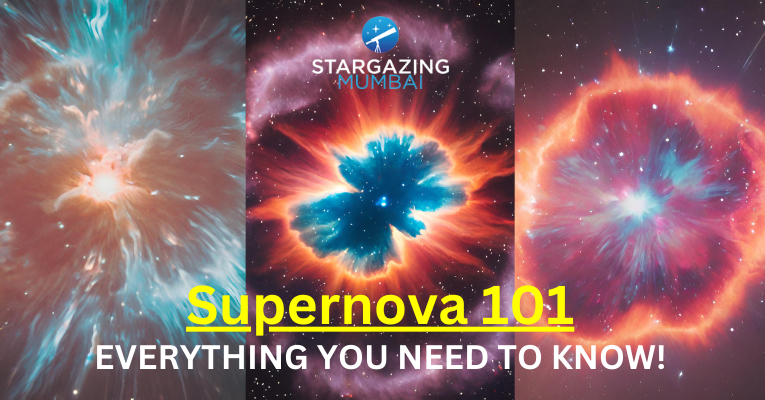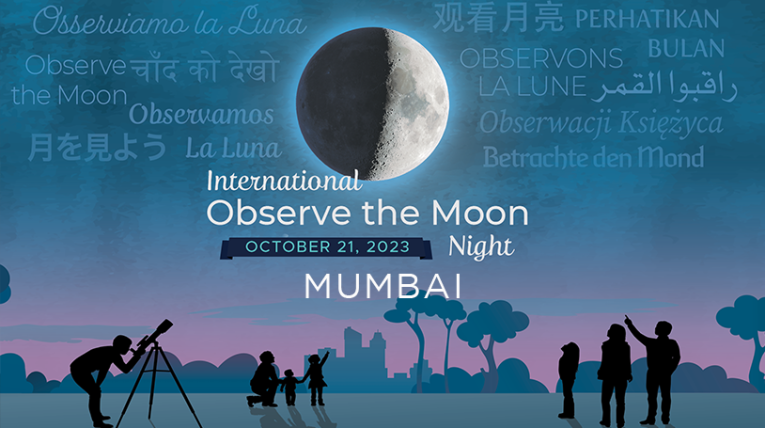Welcome, fellow cosmic adventurers, to a celestial soirée like no other! Prepare to be dazzled as we delve into the mystical realm of the zodiac. Each month brings a different zodiac sign In this whimsical journey, we set our sights on the captivating constellation of Gemini, where the Twins beckon us to join their celestial dance. So, grab your star charts, and let’s waltz through the wonders of Gemini, where deep sky objects, prominent stars, and mythological phenomena await!
The month of June: Gemini, the Twins

The zodiac sign for the month of June is Gemini, symbolized by the Twins Castor and Pollux. Gemini is a prominent constellation in the northern hemisphere located between Taurus to the west and Cancer to the east. Let’s take a closer look at the deep sky objects, prominent stars, and mythology associated with this mesmerizing constellation.
The Myth of the Mystical Twins
The fascinating story of the celestial twins Castor and Pollux is portrayed by the zodiac Gemini in ancient Greek mythology. Their story is about loyalty, adventure, and the eternal relationship between siblings.
King Tyndareus of Sparta’s mortal son, Castor was known for his bravery and horsemanship. In contrast, Pollux the immortal son of Zeus, king of gods shared an unbreakable bond and they went on numerous heroic adventures together. One of which renowned quests was the search for Golden fleece alongside Jason and the Argonauts.
Tragically during the conflict, Castor met his demise leaving Pollux heartbroken. Out of eternal compassion, Zeus granted Pollux’s earnest desire to share his immortality with his fallen brother. They were forever united as the zodiac constellation Gemini, residing among the stars as a testament to their eternal brotherhood.
Deep Sky Objects: Unveiling Gemini’s Celestial Jewels
1. Messier 35

Messier 35- A Open Star Cluster
Messier 35 is an impressive open star cluster that graces the northern zodiac Gemini. It is located about 2800 light years away consisting of nearly 100 young stars with an apparent magnitude of 5.3. The stars within this cluster are young mainly of spectral B (Blue-White) and A (White) which makes them more luminous and easy to spot against the backdrop of the night sky with telescopes.
2. The Jellyfish Nebula
Jelly Fish Nebula- A supernova remnant

The Jellyfish Nebula also known as IC443 is an aftermath of a mesmerizing cosmic phenomenon that occurred when a massive star larger than our sun resulted in a Type II supernova explosion leaving behind a stellar remnant, a Neutron star in the constellation of Gemini. This Nebula stretches across 70 light years in this zodiac and is about 5000 light years away from the Earth. The striking appearance of this Nebula is due to the interaction between the high-energy particles of the remnants and surrounding interstellar gas.
3. NGC 2129
NGC 2129- an open star cluster
NGC 2129 is a loosely packed open cluster nearly about 3600 light years away consisting of a diverse population of stars, from hot, massive stars to more excellent low mass stars in the zodiac of Gemini. It spans about 12 light-years across in diameter and is about 10 million years old. The cluster’s core consists of two brightest stars HD 250289 and HD 250290 orbiting around each other forming a closed binary which makes it special and a treat to gaze at.
Prominent Stars: Gemini’s Celestial Celebrities
1. Castor (Alpha Geminorum)
Castor is the second brightest star in the zodiac Gemini and is approximately 51 light years away from us. It represents not a single, nor double but multiple star system namely, Castor A, Castor B, and Castor C. Castor A and Castor B are themselves binary stars, relatively young. In contrast, Castor C is a red dwarf positioned some distance apart. Castor C approximately takes 14000 years to orbit the primary binary system and that is the longest orbital period whereas Castor A and Castor B roughly take 455 years to orbit the common center of mass.
2. Pollux ( Beta Geminorium)
The celestial twin of Castor, Pollux in the zodiac Gemini is also one of the brightest stars with an apparent magnitude of 1.14 at a distance of 34 light years from Earth making it one of the closest orange giants visible to our naked eyes. Pollux is also well known to have one exoplanet Pollux B in its orbit and thus expands our understanding of the planetary system around the evolved stars.
3. Geminga
The Mystical Neutron Star- Geminga is located around 800 light-years away from Earth in the zodiac Gemini. It is the closest Neutron star to Earth. It is known for its high-energy Gamma-ray and X-ray radiation which sweeps across space like a cosmic lighthouse and makes it the brightest high-energy source in this zodiac.



